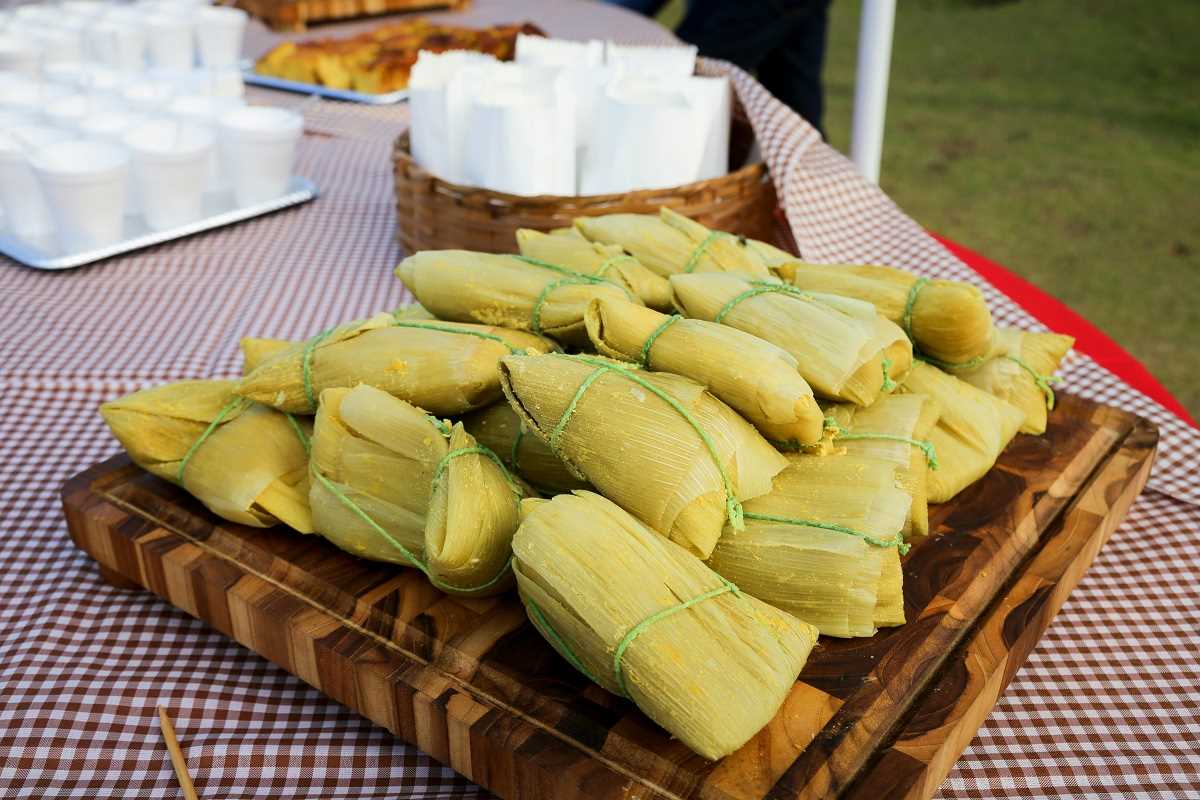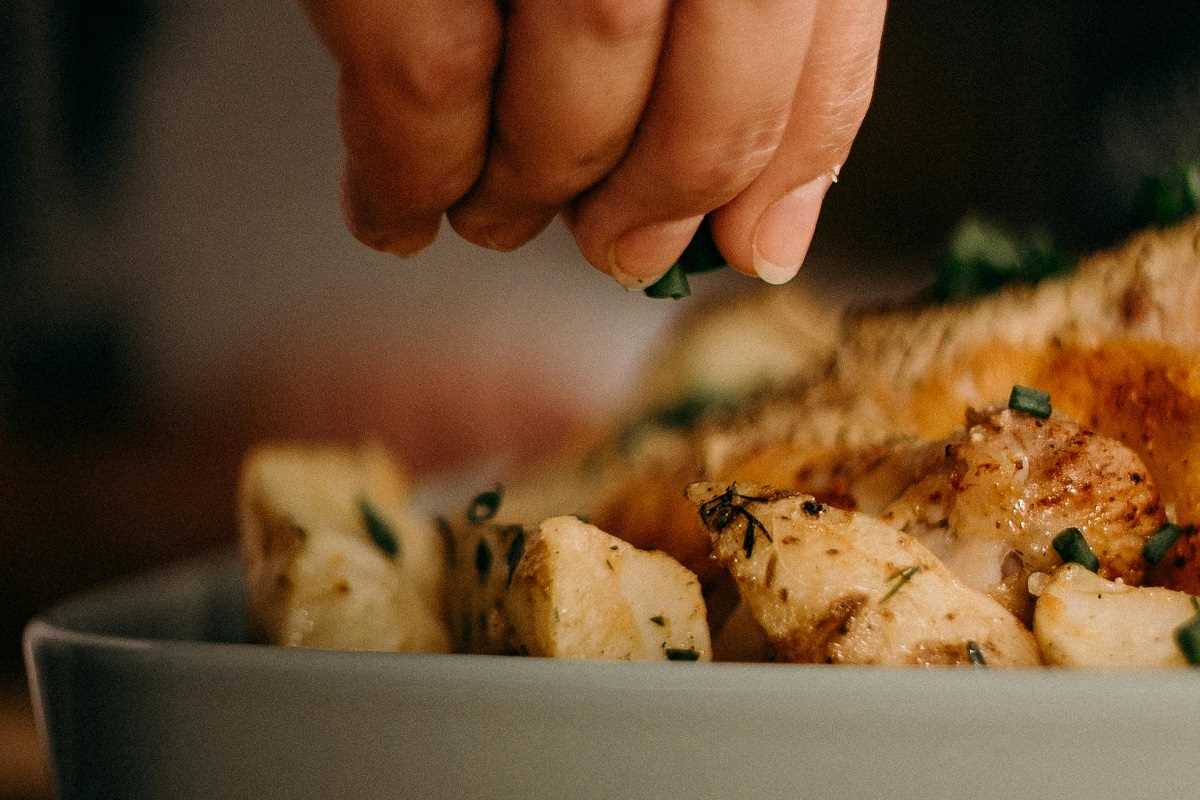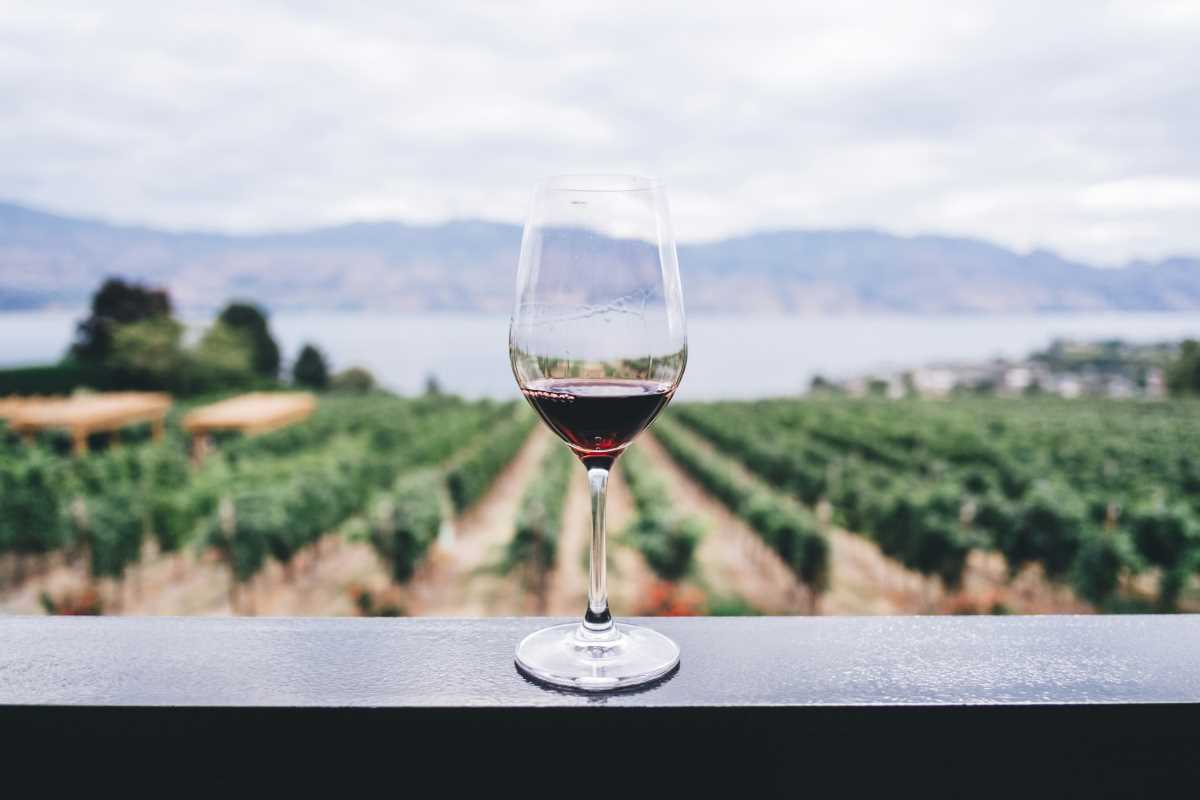Farm celebrations bring people together to honor the changing seasons, filling the air with scents and tastes that reflect the surrounding countryside. Fields brim with ripe fruit, and the aroma of trees and earth creates a lively backdrop for each gathering. Neighbors gather to turn routine harvest tasks into cheerful traditions, sharing the rewards of their hard work. When you wander beyond the usual roads, you can find lively parties where local cooks and farmers offer dishes made from ingredients picked that very day. Every trip to these rural events promises new recipes, memorable stories, and a sense of belonging that lingers long after you leave.
Discovering Local Celebrations
Farmsteads and village greens host seasonal food celebrations that highlight tiny-scale producers with a passion for quality. You’ll find cheese makers demonstrating curd techniques, cider presses turning fresh apples into sparkling juice, and bakers filling tables with dough braided by hand. These communal moments celebrate the very act of gathering ingredients from nearby fields or woodlands.
These events matter because they keep us rooted in our communities. When you taste a dish cooked from that morning’s harvest, you can feel the soil, the climate, and the hands that picked the produce. You’ll see how community connections grow strong through shared meals, and how every region adds its own twist—whether through wild mushrooms or heirloom grains. Look for local newsletters, cooperative-run websites, or bulletin boards in cafés to find announcements that seldom appear on major travel sites.
Practical Tips for Joining Festivities
- Gilroy Garlic Festival – California
- Highlights: Garlic in every form—scapes, confit, even ice cream.
- Cost: ~$45 day passes.
- Tips:
- Arrive at the first cooking demo for smaller crowds.
- Stay until vendor close-outs—locals often hand out extra cloves.
- Vermont Maple Festival – Vermont
- Highlights: Spring sugarbush season with boiling demos and pancake tastings.
- Cost: ~$20/day; kids under 12 often free.
- Tips:
- Head to the mid-morning pancake breakfast for prime demo seating.
- Catch the boiling-arch presentation before crowds swell.
- Cambridge Pumpkin Fair – UK
- Highlights: Giant gourd parade, pumpkin soup, heirloom seed sales.
- Cost: ~£10 entry (includes souvenir pumpkin + soup voucher).
- Tips:
- Buy heirloom seeds early before they sell out.
- Ask vendors for overnight-roasted seeds with sweet-spice glaze.
- Staunton Wine & Cider Festival – Virginia
- Highlights: Crisp ciders and berry wines in rolling vineyard settings.
- Cost: ~$35 for tasting tickets (5 tokens included).
- Tips:
- Arrive in the first hour to avoid long lines.
- Ask for barrel-sample pours—often reserved for insiders.
- Northumberland Game & Wild Food Fair – England
- Highlights: Wild game, foraged mushrooms, and coastal seaweed tastings.
- Cost: ~£12 day passes.
- Tips:
- Join the pre-fair foraging walk early—spots are limited.
- Book days in advance to secure guided woodland forays.
Plan Your Route and Pack Smart
Mapping out a route along peaceful country roads often reveals additional pop-up stands and roadside stalls that do not advertise widely. Identify nearby farms and agri-tourism spots, then connect them by scenic routes. Keep a list of alternative stops in case one event sells out or weather changes. Group your stops within a reasonable distance of each other to make the most of daylight and sample diverse offerings. Pack a cooler with ice packs to keep delicate finds like fresh cheeses or chilled ciders. Bring reusable containers and shopping bags to hold extra purchases, and carry a small notebook or smartphone to note down names, recipes, and directions. Following local guides on social media or signing up for their newsletters before your trip can help you discover secret mini-events—such as after-dark cider tastings or limited-seat tasting dinners.
Connect with Locals for Hidden Gems
Stop by farm shops and cafés to ask for tips on u-pick fields, secret produce stands, or community feasts you won’t find online. Conversations at picnic tables often lead to authentic gatherings with music, storytelling, and shared recipes. Stay flexible, and each rural stop transforms into a memorable exploration of landscapes, traditions, and flavors.
 (Image via
(Image via





